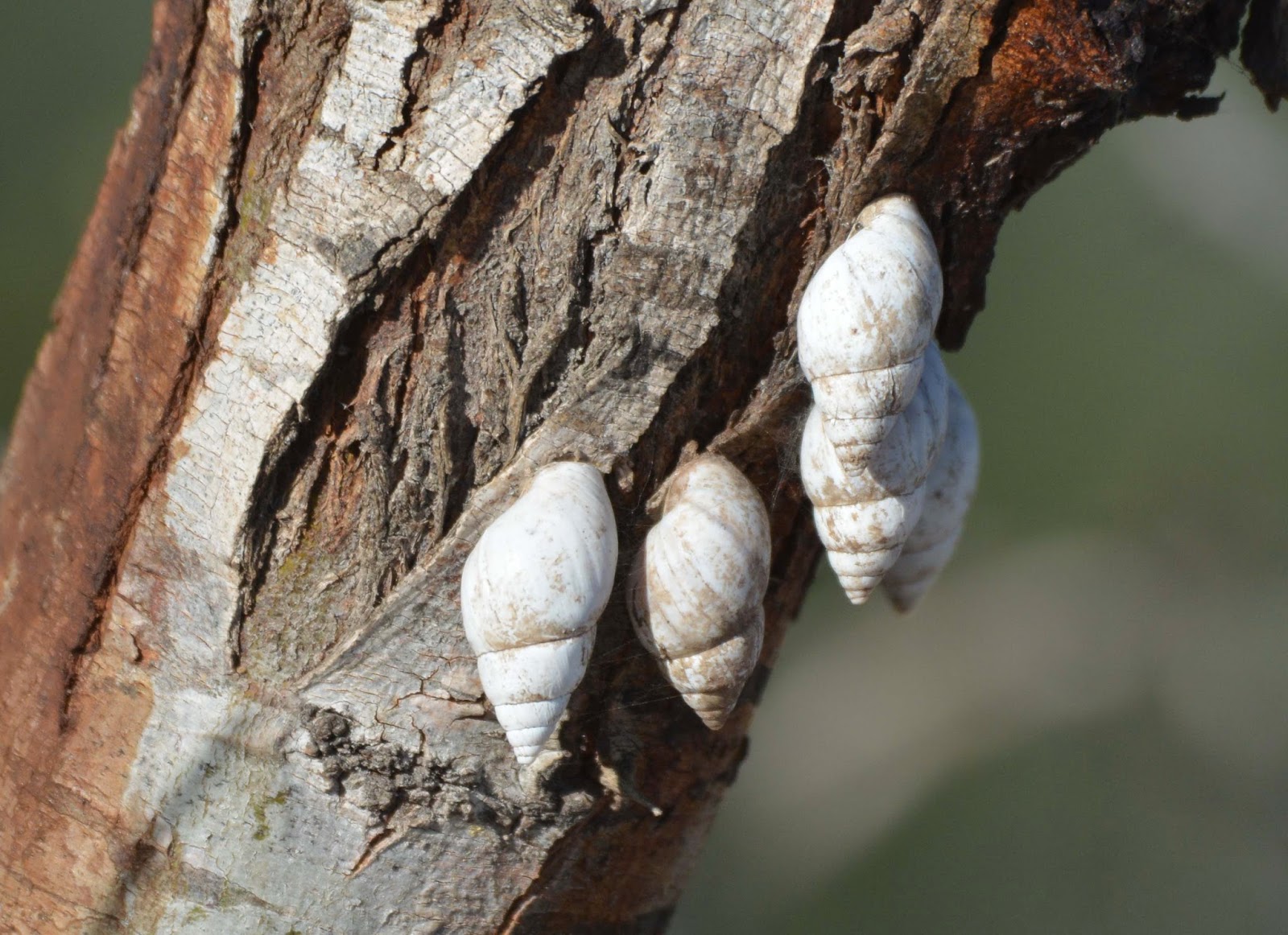The Hook-billed Kite is one of my favorite LRGV birds.
Wait, let me try that again.
The Hook-billed Kite is one of my favorite birds.
We've been in the middle of a prolonged drought in the LRGV and the kites have nearly disappeared along with their food source, the Rabdotus snail. I'm starting to see more snails around, and the odd kite has been reported, most recently by Bill Supulski and Dottie Laminolara.
But imagine my surprise to see five - FIVE - Hook-billed Kites together while I was walking on the Mission Nature Park hike and bike trail today. (Directions - From US 83 go south on Conway to the signed Mission Nature Park; park and walk west under the high power lines that cross the trail; I had the kites in the next 1/4 mile, on the north of the hike and bike trail - I went walking up the orange signed bike trail). Don't get me wrong, most of my views were of this sort, with the birds high and distant. If you squint a little, you can see they are Hook-billed Kites. OK, maybe if you squint a LOT.
The black morph is the one I've seen the least of, it's very rare. Bill Clark found a black morph nesting nearby in Bentsen that fledged a dark chick in 2002. It's nice to think this could be the same bird or related to one of those birds, but we'll never know with certainty.
The females have a golden collar across the hind neck and rufous barring on the breast. This one jumped with a snail, I feel bad about having startled these birds, though it's debatable which of us jumped higher, and I can vouch for a vastly increased heart rate too!
Here's the less barred male, which is similar in plumage to the male that nested in western Hidalgo County in 2010 and 2011. Can anyone identify what's in its bill? I was surprised to see it was carrying something, and that it wasn't a snail in a shell.
I'm very interested in additional reports of these birds. I had two females, two males, and a black morph bird. The males were different in appearance, and your careful attention to breast color (red in females, gray in males) and barring thickness and pattern (one male boldly barred in addition to the one above) as well as the black morph that is, well, black.








